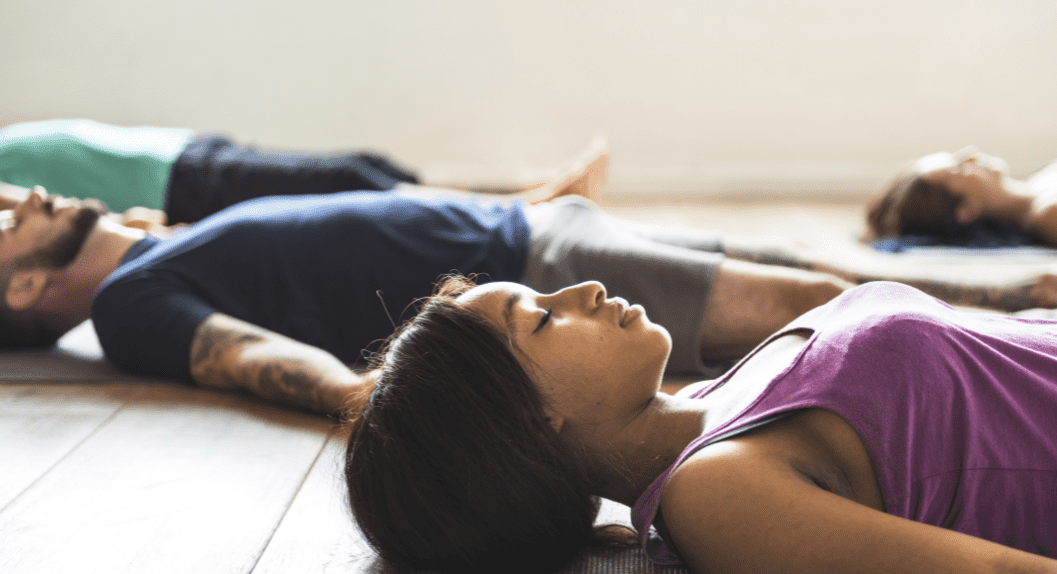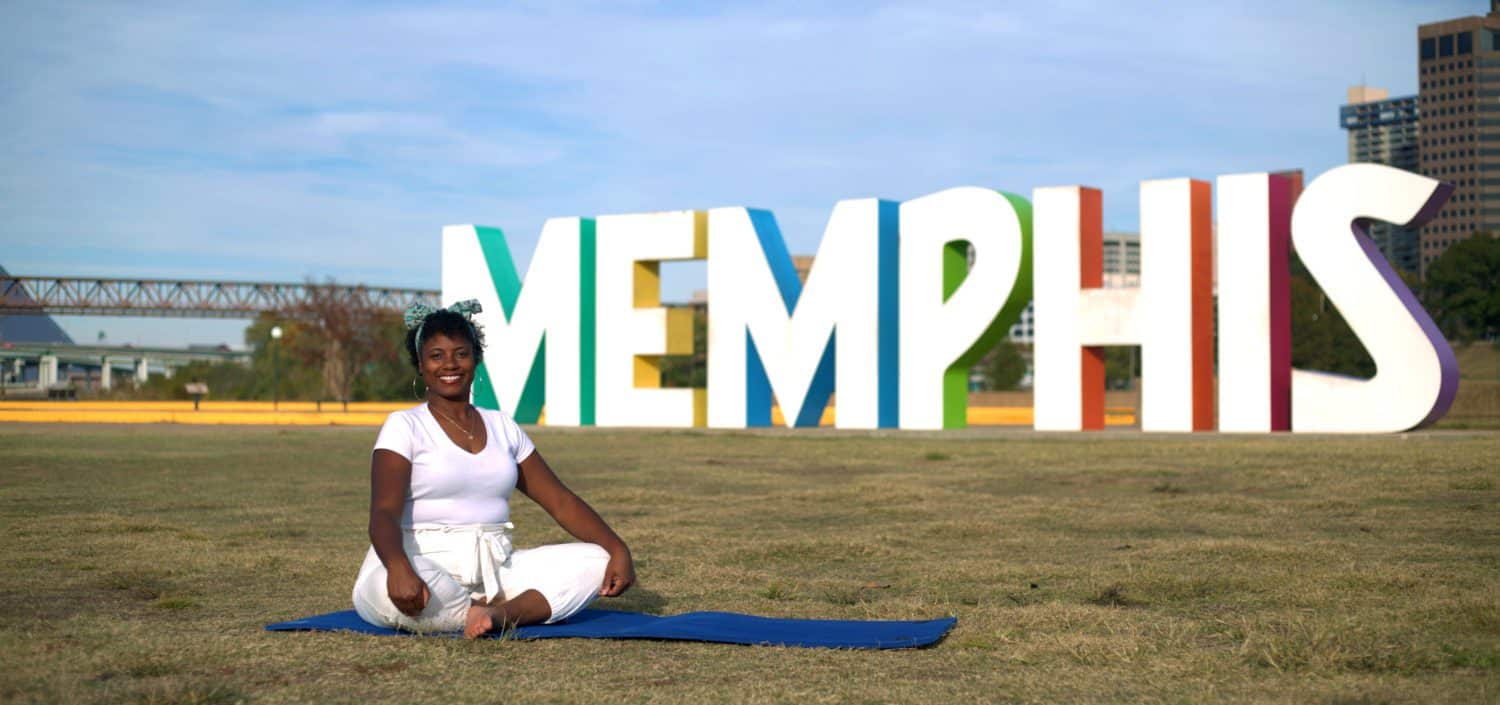Introduction
Most ancient theories of health and well-being include balance as a core concept. You can think of Yin/Yang in the Chinese system; even in the West, the Greek philosopher Aristotle writes: “Both excessive and deficient exercise ruin bodily strength, and, similarly, too much or too little eating or drinking ruins health, whereas the proportionate amount produces, increases, and preserves it.”
In the Yogic tradition we have the concepts of Ha/Ṭha, which literally translates as Sun/Moon, and corresponds directly with the Yin/Yang of the Chinese system. Ha or Yang is portrayed as masculine, active, warm, energetic, and expansive. It represents the energy of the sun. Ṭha or Yin is characterized as feminine, receptive, dark, cool, soft, still, and contemplative. It represents the energy of the earth and moon.
In all the systems which see balance as a fundamental to well-being, the opposites are not in opposition but work complementarily to create a coherent order. Take a tree, for example. Its roots go down, deep into the earth, absorbing and receiving nourishment from the soil. Without the root system, or its Ṭha aspect, a tree could not branch out fully and expand toward the sky and sun and express its Ha aspect. The two complementing energies allow a tree to be a tree.
The same complementary relationship of Ha and Ṭha plays out in us. Think of the opposing but balancing relationship between the sympathetic and parasympathetic nervous systems. Our mind and body can also be seen as opposites forming a complementary relationship. The mind is Ha in nature and tends to rise to the head. The body is seen as Ṭha and finds its ground through the legs and feet. Although the term we use is ‘mental’ health, the energies of both the mind and body must be balanced for mental health to be well-established. The balance implicit in the very name Ha/ṭha Yoga includes practices that result in balancing and harmonizing the mind and body.
In each of the sections of an Integral Yoga Haṭha practice, from āsana (physical postures) to prāṇāyāma (breathing practices) and culminating in meditation, the principle of mind/body balance is at work. Through the lens of the Integral Yoga Haṭha practice, this article will focus on the potency of Haṭha Yoga to bring the mind and body into alignment. It is a premise of this article that a mind in balance with the body is an essential feature of mental health.
The Dilemma
In the year 2023, what ails most of us is too much mind. Our default is to overthink. Stuck in our heads, we lose connection with the subjectivity of our bodies, and we no longer truly feel our feelings or make direct contact with who we are. Instead, we are left with a mental construction of ourselves, a more rigid, inflexible pseudo self, that overly identifies with how we are perceived by others. This kind of self no longer inhabits or feels connected to the body. Instead, this self relates to the body as an object, something to be seen by ourselves and others, but not internally felt.
Here is an example that illustrates this mindset. Imagine that you’re getting ready for an event. You’re in front of a mirror. Maybe you just blow dried your hair, maybe you’re applying make-up, or just checking out the outfit you’re wearing as it’s reflected back to you. When you relate to your body in this way, you’re experiencing your body as another would experience it, not internally, but from a distance. If you like what you see, being in front of a mirror is a whole lot of fun, and presenting your image to the world is equally exciting. If you’re not as pleased by what you see, the entire experience can be very painful. Whatever the judgement, in this frame of mind, at least for the moment, you’ve become an object to yourself. While it is important to care about how you look and present yourself well in public, if you’re not able to reorient back to yourself as a subject, you will present yourself to the world equally as an object, and likely be treated as an object in return. If this mindset persists, you run the risk of falling victim to being a person defined solely by how the world perceives and judges you (whether that judgement is positive or negative). Your value as a person will then be decided by others, and you’ll lose touch with the direct experience of your own intrinsic worthiness.
If we bring our awareness back into alignment with what our bodies are experiencing moment-to-moment, our sense of self will be embodied and not be just a theory, not just a complicated web of ideas we have about who we think we are. In other words, we’ll feel who we are (intrinsically worthy), and this felt sense of ourselves will be the center out of which we relate to the world. This embodied self will be more adaptive and conscious of the feelings and impulses that arise in response to life’s changing circumstances, and so our choices and actions will be more flexible and be felt as more authentic.
The Resolution
Integral Yoga Haṭha has a reputation of focusing on the internal experience while practicing an āsana and less on the external form. As in the example of the mirror above, the external form is visible and can be seen by others. When we identify with the external form of an āsana, again, we run the risk of becoming an object to ourselves, and to others. We also fall prey to judging our practice by how we appear, and not by the quality of our inner experience.
Most beginners come to Haṭha Yoga more focused on the external. Many more shy away from Yoga altogether because they conclude that they wouldn’t be good at it, meaning they wouldn’t be able to bend forward enough to touch their toes, for example. As beginners are guided and grow in their practice, they learn to draw their awareness inward. As they progress, they gradually become more sensitive to the inner experience of their practice and realize that the true advancement/adventure in Haṭha Yoga is becoming ever more sensitive to this subtler internal dimension.
By going inward, not only is the practitioner able to adjust the external form through the inner feel of an āsana, and truly perfect a pose based on their own unique body, but an entirely new realm of experience opens. In addition to becoming sensitive to muscles stretching or strengthening, or the rate and texture of the breath, or even the quality of thoughts, all of which become apparent when awareness is drawn inward, the practitioner’s sensitivities gradually deepen, and an entirely new and transformational experience of the body occurs. The practitioner comes into direct contact with the experience of aliveness that pervades the body. This experience of aliveness and the body itself become indistinguishable. From this more direct vantage point, the body is no longer experienced as an object but as a field of vital energy, not a solid thing at all. This is the real body; not the body reflected in a mirror, seen in a photo, viewed from the outside, or judged by some external standard imposed by yourself or others.
At this level of experience, the mind is no longer lost in thought, distracted, disconnected from real life, but is now in the same place as the body. In fact, absorbed in this experience, the question of whether you’re experiencing the mind, or the body is not really a valid one. An accurate description here would be that the mind is in the body and the body is in the mind. In other words, they’ve become aligned, and the opposites are not in opposition but blend to form an integral whole.
By turning awareness inward during practice, we sensitize ourselves to inward sources of strength that extend into every aspect of our lives. The experience of aliveness is in essence tapping into the power of Life itself, no different than the power one might intuit through nature; for example, standing before a rushing body of water, or sensing the power visible in a big tree with a big trunk soring upward into the sky. You could say that what connects us to nature is recognizing that the power felt inside us (through our bodies) is in fact the same power that imbues nature with its potency. How could sensitizing ourselves to that power not improve our mental health?
Haṭha Yoga is expertly suited to get us out of our heads and into our bodies. By drawing our awareness inward through Haṭha Yoga practices and shifting into feeling and sensing through subtle body awareness, our thoughts naturally slow down. Shifting into body awareness is a process of letting go of thoughts which are often driving our moods, driving our stress and anxiety, and driving our depression. When we let go of the hold that thinking has on our perceptions and our mood, what remains is the naturally healthy Being that we are. Discovering mental health through Haṭha Yoga is less about discovering our healthy selves through figuring ourselves out and more about that which is revealed to us through a letting go process.
This way of understanding practice is supported by Patañjāli. In his Yoga Sūtras, Book 1, Sūtra 2 he writes, “The restraint of the modifications of the mind-stuff is Yoga”. In the very next sutra, he writes, “And the Seer [Self] abides in his own nature”. That’s the formula: quiet our minds and the true worthiness of Reality reveals itself—the same Reality that is the very essence of who we are.
Conclusion
In the same way that we lose ourselves by identifying who we are with our outward appearance and tying in our self-worth to feedback received from others, we also tend to focus on the way other personal attributes and characteristics are judged. Will others think I’m smart, will others think I’m confident, will others think I’m nice? We often become obsessed with fitting in and looking for acceptance. Looking for our value in the judgement of other doesn’t lead to lasting happiness.
The power of Haṭha Yoga is in cultivating an inward focus, a dimension of first-person experience that can’t be seen by others and therefore can’t be judged. It’s a realm of value that doesn’t depend on external validation but is intrinsically worthy. By becoming increasingly sensitive to feeling the body internally through Haṭha Yoga practices, we realize that through body awareness Spirit or the Self is realized. It’s in this realm that ultimate well-being is experienced, and in this realm that we come to realize what is meant by “the body is the temple of God”.
Finally, Integral Yogis are familiar with Swami Śivanānanda’s words, “I am not the body, I am not the mind, immortal Self I am.” It might seem that the ideas presented in this article contradict Master Śivanānanda’s famous words. However, the gist of this article is appreciating that the inner experience of the body is a polar opposite to the body we experience externally. The body we see in a mirror will eventually be a corpse. The body we experience internally is vitality and consciousness itself. Just as inner experience is body and mind melding into one, there is a Light that shines here as well, the Light of pure consciousness or the Self of Śatchidānanda (Existence, Knowledge, and Bliss), the ultimate source of worth and well-being.



